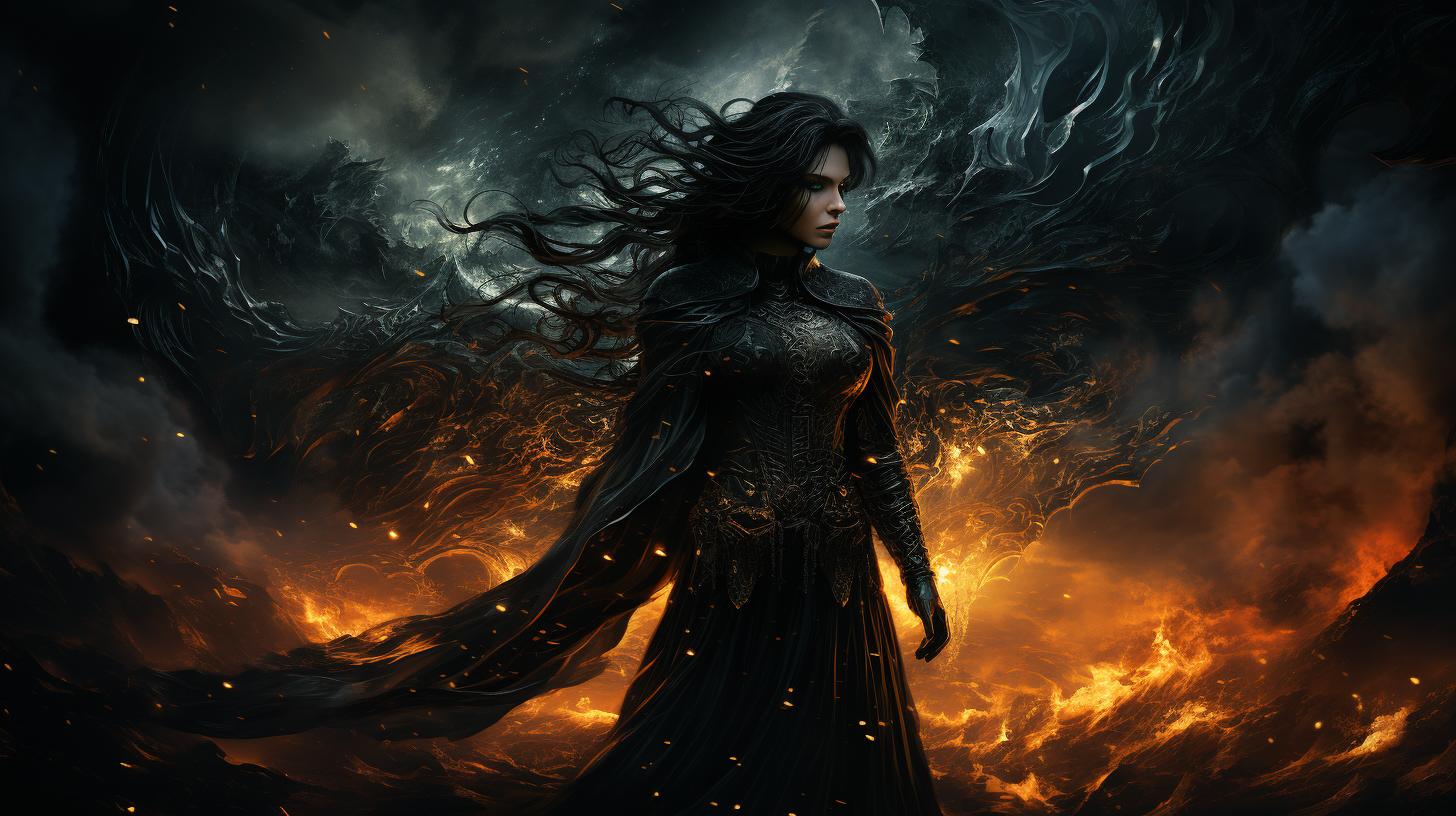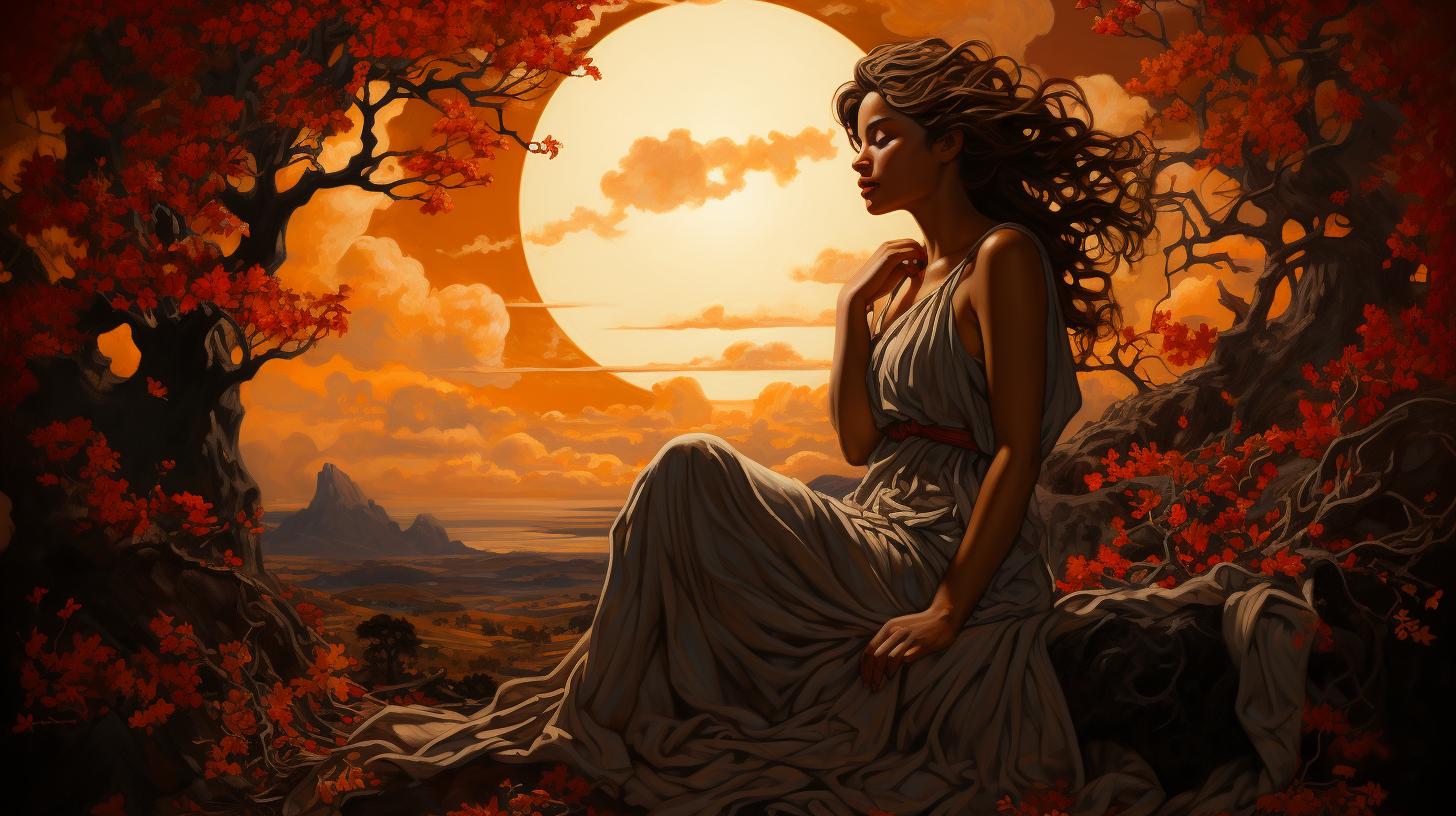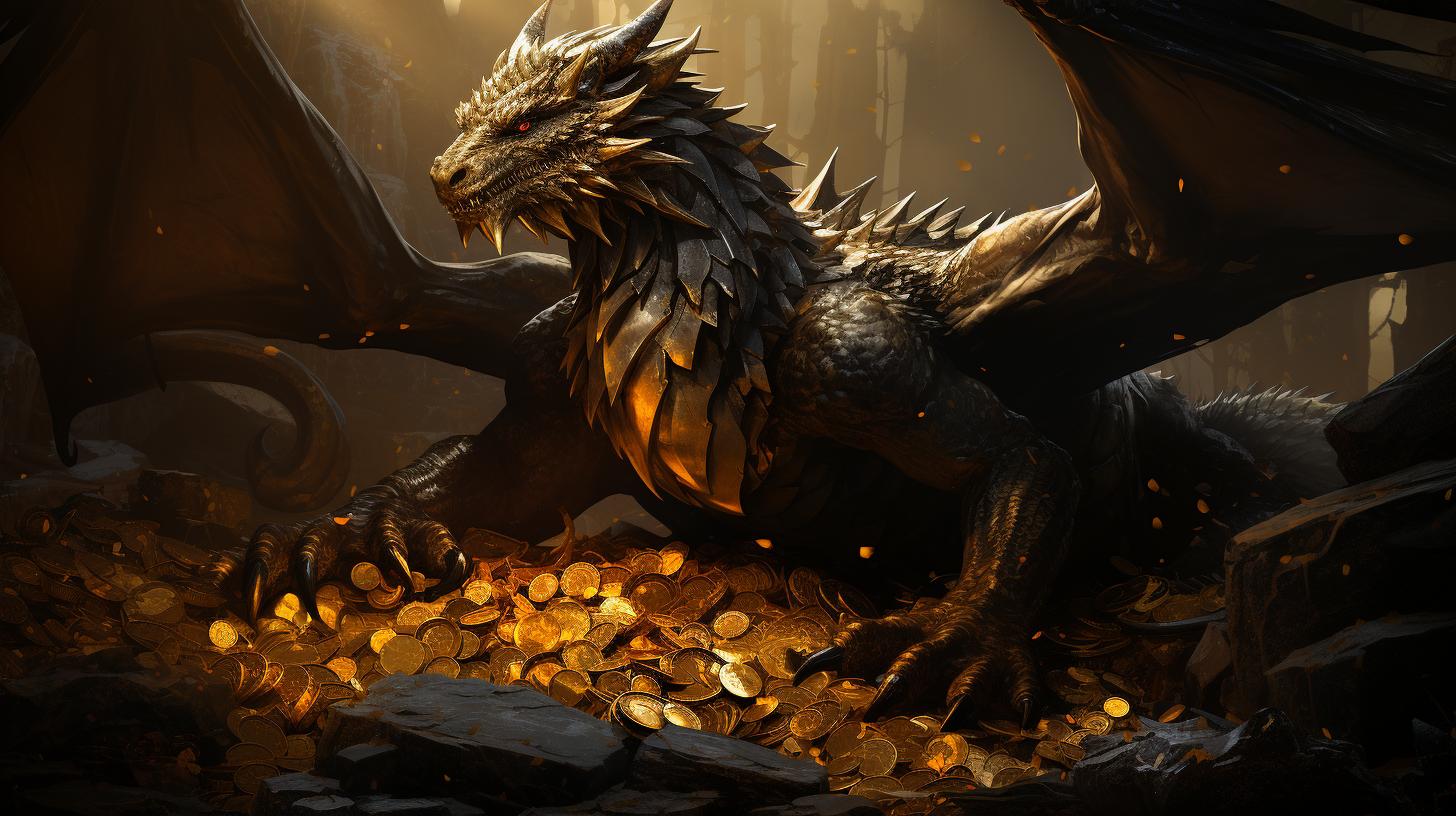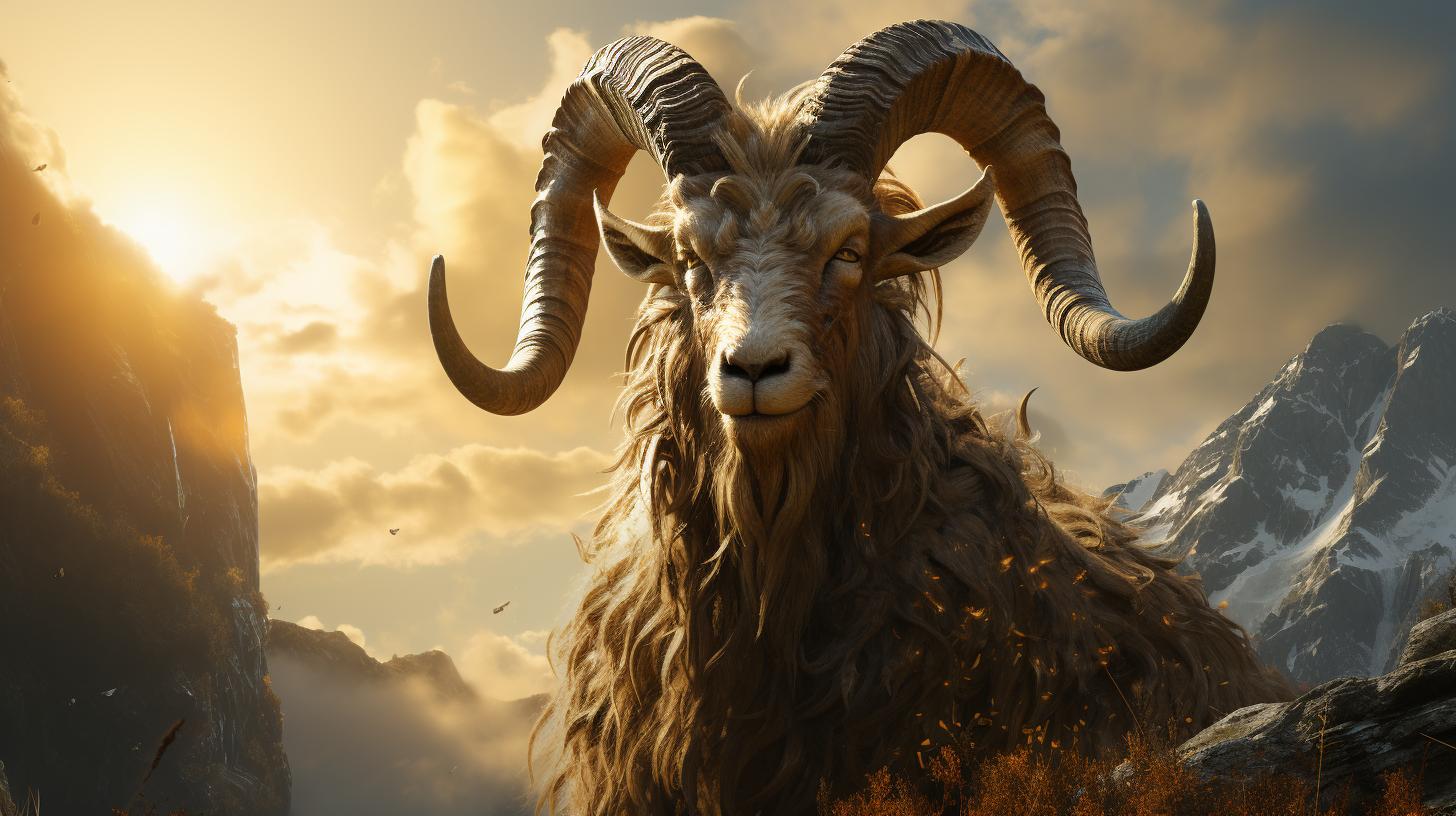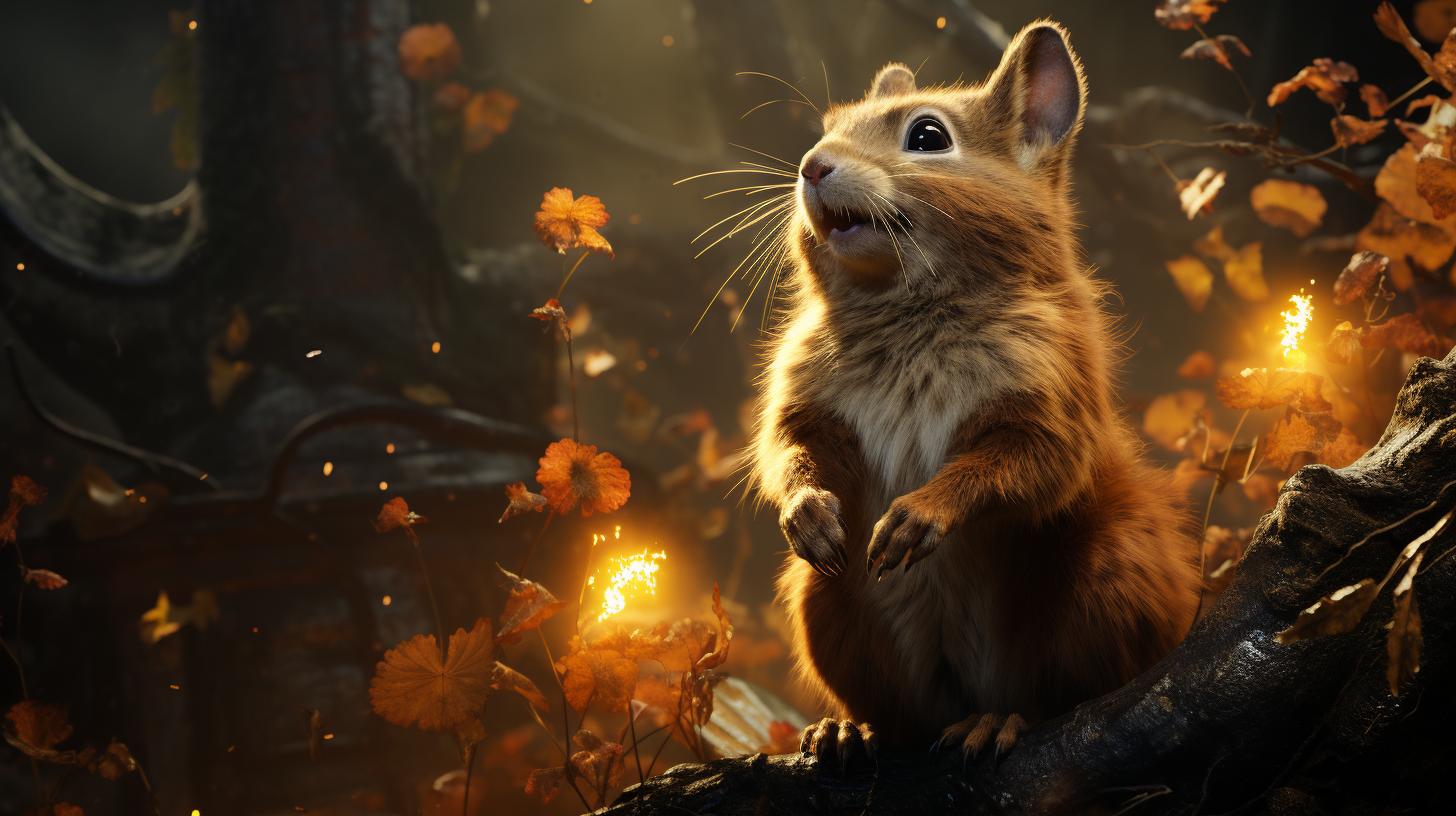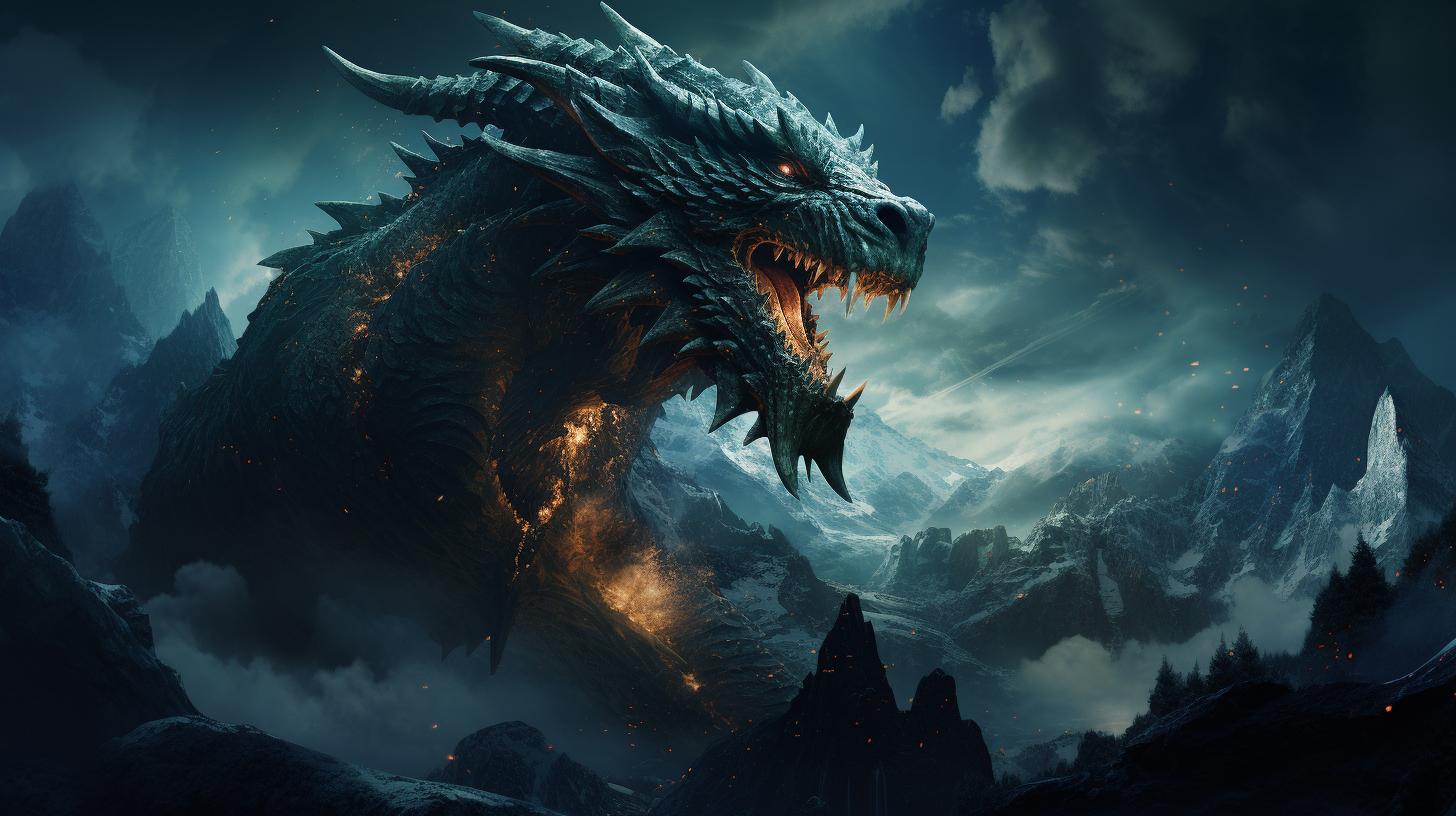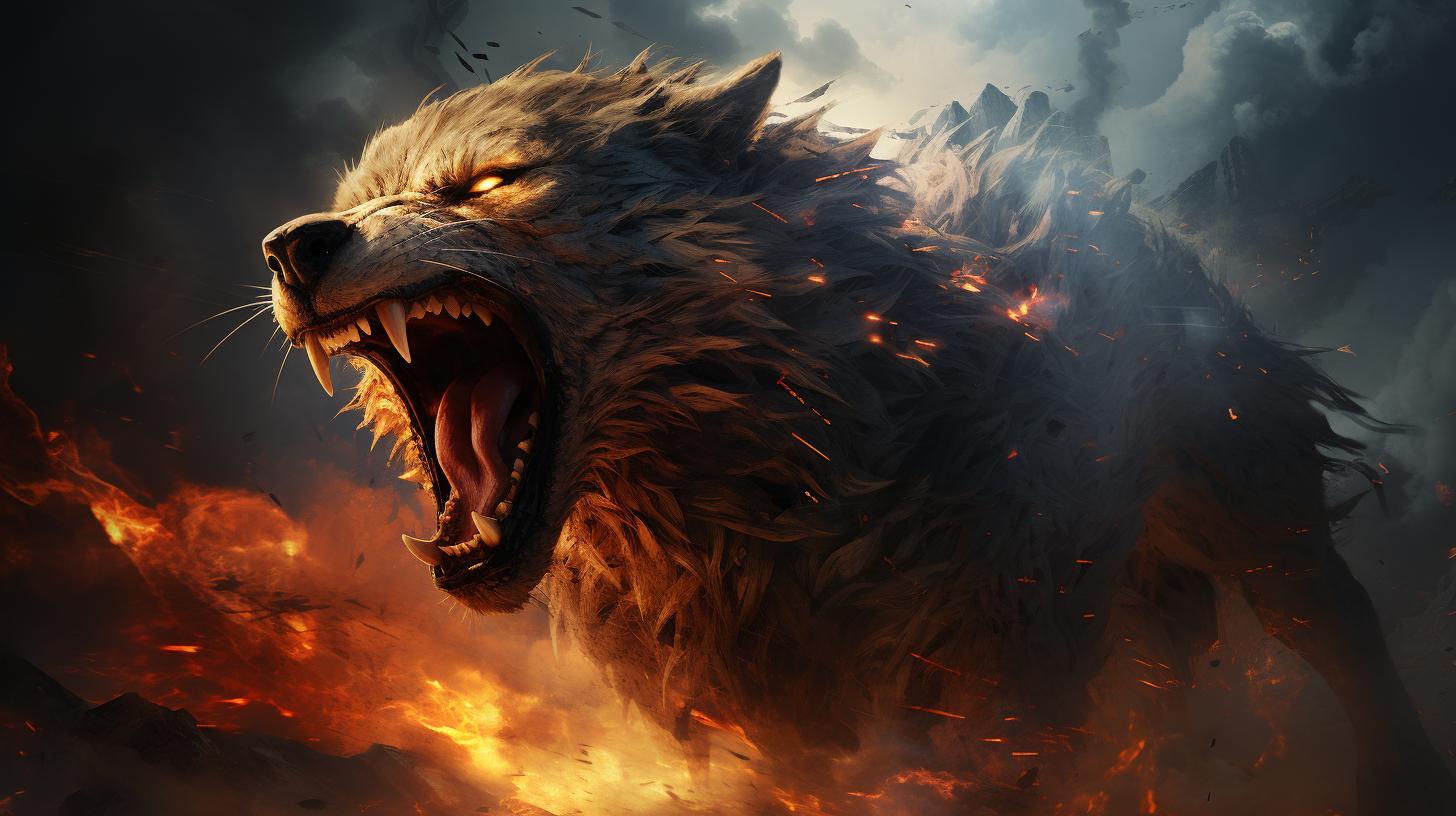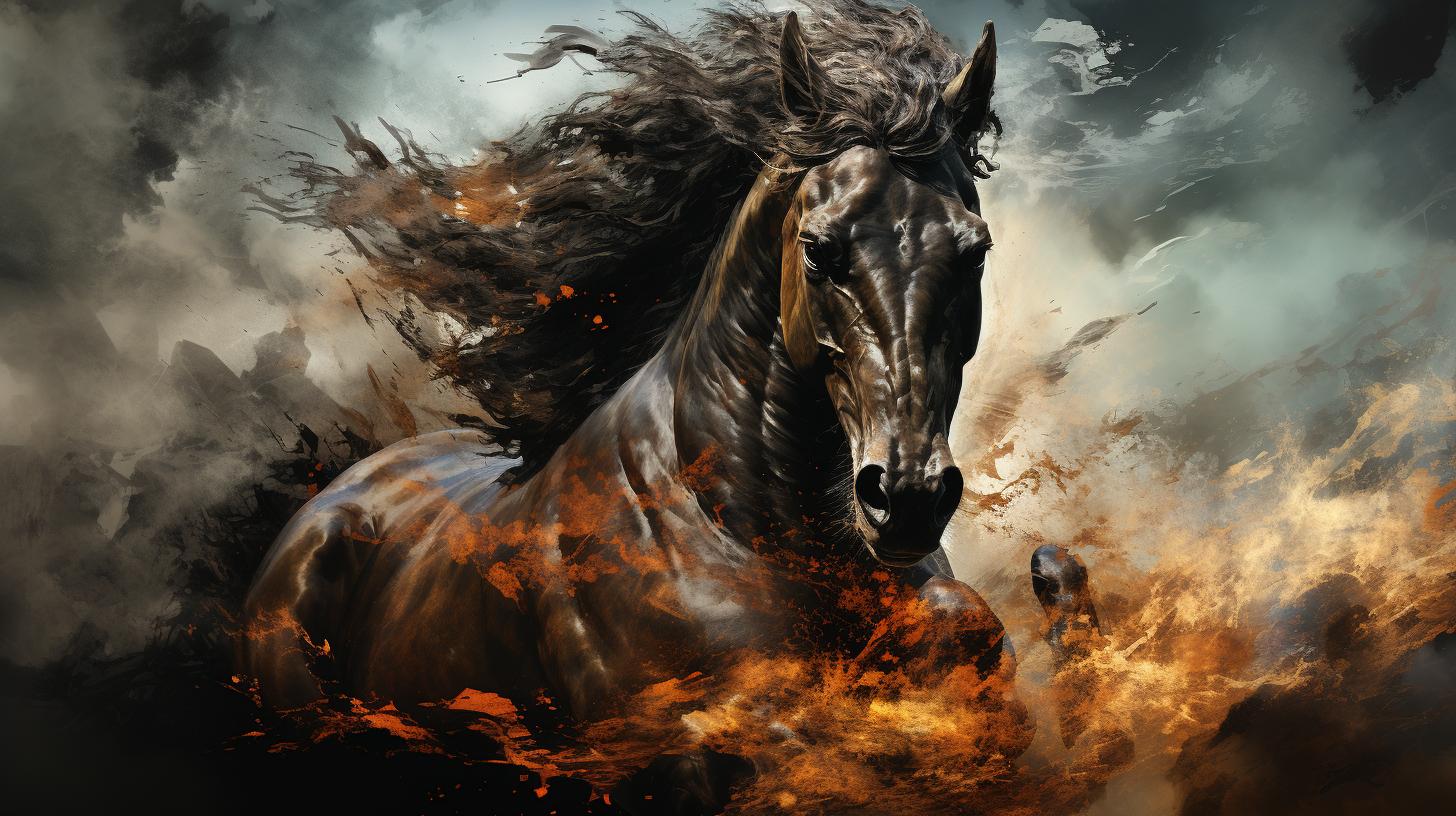Nott: The Powerful Norse Goddess of Night Unveiled
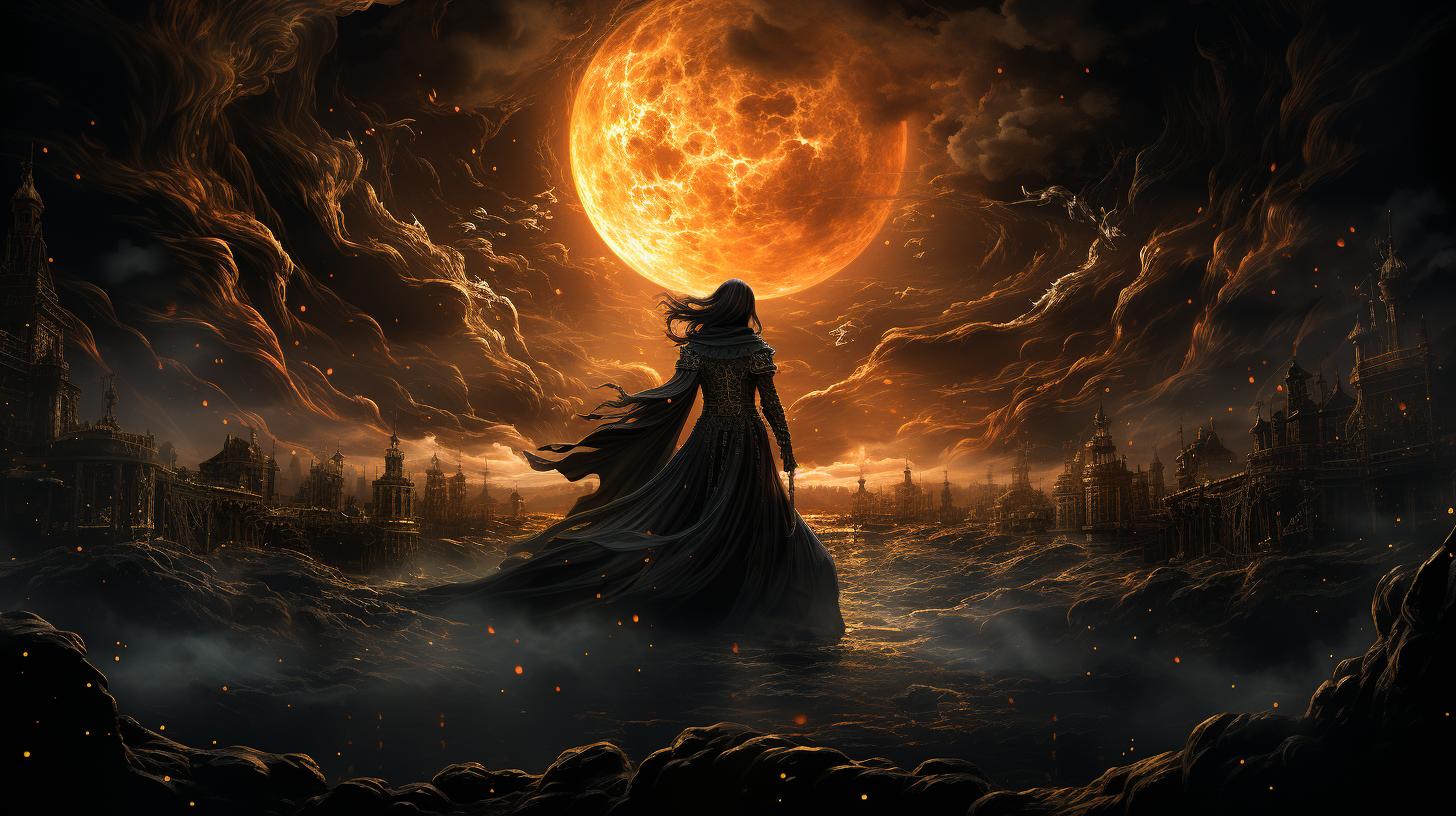
Nott, the Norse goddess of night, holds a significant role in Norse mythology. This article provides a comprehensive overview of Nott’s origins, mythology, symbolism, and stories. It explores her associations with darkness, sleep, and dreams, as well as her relationships with other gods and figures.
Additionally, it delves into Nott’s worship and cults in ancient times, her depictions in popular culture, and her influence on modern art and literature. Join us on this exploration of the intriguing Norse goddess, Nott.
Overview of Nott: Norse Goddess of Night
Nott, the Norse goddess of night, holds a significant place in Norse mythology. She represents the mystical and enigmatic aspect of darkness, commanding the night and all its wonders. In this section, we will delve into the captivating realm of Nott, exploring her origins, mythology, symbolism, and stories.
The Origins and Mythology of Nott
Nott, the Norse goddess of night, has a rich and captivating mythology that weaves through the ancient texts and stories of Norse sagas. Exploring the origins and mythology of Nott allows us to unravel the mysteries associated with this enigmatic deity.
The Poetic and Prose Eddas: Sources of Nott’s Mythology
The primary sources of Nott’s mythology can be found in the Poetic Edda and the Prose Edda, two major collections of Old Norse poems and stories. These texts provide invaluable insights into the ancient Norse beliefs and shed light on Nott’s character and significance.
Nott’s Genealogy and Associations in Norse Mythology
Nott’s lineage can be traced back to the giant Ymir, the primordial being from whom the gods and the nine realms of Norse cosmology originated. As the daughter of the jotunn (giant) named Nörfi or Narfi, Nott appears to have inherited both divine and primal qualities, serving as a bridge between the heavens and the earthly realms.
In addition to her role as the personification of night, Nott is associated with darkness, mystery, and the cyclic nature of time.
Nott’s Relationships and Interactions with Other Gods and Figures
Nott’s connections extend beyond her familial ties. She is the mother of three significant beings in Norse mythology: Jord, the personification of Earth; Dagr, the god of day; and their half-brother, Audr, the personification of wealth.
Nott’s interactions with other gods and figures vary, with her presence often intertwined with those of Odin, Thor, and other major Norse deities. Her relationships shape the narratives and highlight her role within the intricate tapestry of Norse mythology.
Nott’s Symbolism and Attributes
As the personification of night and darkness, Nott holds deep symbolism in Norse mythology. Her mysterious nature reflects the enigmatic qualities associated with the nighttime. She embodies the shadowy realm that exists when the sun sets and darkness envelops the world.
Nott’s presence symbolizes the balance between light and darkness, highlighting the cyclical nature of life and the importance of embracing the unknown.
Nott as the Personification of Night and Darkness
Nott’s significance as the personification of night goes beyond its literal meaning.
She represents the vast expanse of darkness that allows for rest, creativity, and introspection. Just as day and night are interdependent, Nott’s role underscores the intrinsic connection between light and darkness, reminding us that one cannot exist without the other.
Nott’s Connection to Sleep and Dreams
As the goddess of night, Nott is closely linked to the realms of sleep and dreams. She governs the ethereal realm where dreams take shape and influence mortal lives. Nott’s presence during sleep offers solace, allowing individuals to recharge their energy and explore the depths of their subconscious.
Through her connection to dreams, Nott nurtures the imaginative and intuitive aspects of human existence.
Nott’s Symbolic Representations and Depictions in Art and Literature
Nott’s symbolism is often portrayed through various artistic mediums. In ancient Norse art, she is depicted as a celestial figure clad in dark garments, surrounded by stars and moonlit skies. Her serene countenance evokes a sense of calm and tranquility.
In literature, Nott is often a muse for poets and writers, representing the enigmatic and mystical aspects of the night. Her symbolic representations serve as a reminder of the beauty and profoundness found in the darkness.
Stories and Legends Involving Nott
Stories and legends centered around Nott, the Norse goddess of night, captivate the imagination and offer insight into her significance within Norse mythology. From her role in the creation mythos to her encounters in Norse sagas, and her influence on human lives and natural phenomena, Nott’s stories weave a tapestry of wonder and darkness.
Nott’s Role in Norse Creation Mythology
In Norse creation mythology, Nott played a pivotal role in the cosmic cycle. It is said that Nott was the daughter of the giant Narvi and the mother of Jord, personifying the eternal night that existed before the world’s creation.
She traversed the realms, guiding and shaping the path for the emergence of life.
Nott’s Adventures and Encounters in Norse Sagas
Throughout the Norse sagas, Nott’s presence is felt in various encounters and adventures. Tales speak of her aiding heroes in their quests, offering guidance under the cloak of darkness. Nott’s wisdom and enigmatic nature often lead mortals on transformative journeys, where they must navigate treacherous paths and face formidable adversaries.
Nott’s Influence on Human Lives and Natural Phenomena
Nott’s influence extends beyond the realms of myth and fantasy, shaping the lives of humans and the natural phenomena they witness. People sought solace under the cover of night, finding peace in Nott’s embrace.
Natural events like the changing of seasons, the ebb and flow of tides, and celestial phenomena were attributed to Nott’s presence, as her power radiated through the nocturnal world.
Delve into the enthralling stories and legends of Nott as they unfold a deeper understanding of her role in Norse mythology.
Cults and Worship of Nott
Nott, the Norse goddess of night, was revered by ancient cultures through various rituals and offerings. The worship of Nott involved deeply rooted traditions and practices that honored her divine presence and power.
Here, we delve into the ancient rituals and offerings dedicated to Nott, the temples and sacred sites associated with her worship, and her relevance and worship in modern times.
Ancient Rituals and Offerings Dedicated to Nott
Ancient devotees performed sacred rituals to honor Nott and seek her blessings. These rituals were often conducted during nighttime ceremonies, where participants would light bonfires, chant hymns, and offer symbolic gifts such as candles, incense, and nocturnal flowers.
These rituals aimed to invoke Nott’s favor and protection, and to express gratitude for the darkness and the mysteries it holds.
Temples and Sacred Sites Associated with Nott
Temples dedicated to Nott were rare, as her worship was often conducted in outdoor settings like groves, caves, or secluded areas under moonlit skies. These sacred sites were deemed places where the veil between the mortal world and Nott’s realm was thin, allowing worshippers to connect with her energy and seek her guidance.
The worshippers gathered at these sites to offer prayers, make offerings, and engage in meditative practices to commune with the divine essence of the night.
Nott’s Relevance and Worship in Modern Times
In modern times, Nott continues to captivate the imagination of many individuals drawn to her mysterious and enchanting aura. While her worship may not be as widespread or organized as in ancient times, there are still those who honor her through personal rituals, meditation, and the study of Norse mythology.
Nott’s relevance extends beyond cultural and religious contexts, resonating with individuals who embrace the beauty and significance of darkness in their lives. Her depiction in various forms of art, literature, and contemporary media further contributes to the continued fascination and reverence for Nott, the Norse goddess of night, in the present day.
Nott in Popular Culture and Contemporary References
Nott, the Norse goddess of night, continues to captivate and inspire artists, writers, filmmakers, and musicians in popular culture. Her intriguing mythology and enigmatic persona have found their way into various forms of artistic expression.
Nott’s Depiction in Literature, Films, and TV Shows
Nott’s allure and mystique have made her a recurring character in literature, films, and TV shows. She often appears as a mesmerizing and powerful deity, shrouded in darkness and associated with the night.
Nott’s presence adds depth and mystery to stories, creating an atmosphere of enchantment and intrigue.
- Notable literary works featuring Nott include fantasy novels, where she symbolizes the unseen forces of the night and influences the fates of characters.
- In films and TV shows, Nott is depicted as a striking and formidable goddess, commanding the realm of darkness and playing a pivotal role in the unfolding of intricate plots.
- Her portrayal in various genres, from historical dramas to supernatural thrillers, showcases her versatility as a character that captivates audiences across different storytelling mediums.
Nott’s Influence on Gothic, Fantasy, and Dark Arts
Nott’s association with night, darkness, and the mysterious has made her a prominent figure in gothic, fantasy, and dark arts movements.
Artists and creators are drawn to her as a symbol of the unknown and the hidden aspects of humanity and nature.
- In gothic literature and art, Nott is often represented as an embodiment of the sublime, evoking feelings of awe, fear, and fascination.
- In fantasy art, she is depicted in ethereal and enchanting forms, showcasing her magical and otherworldly nature.
- The realm of dark arts finds inspiration in Nott’s symbolism, using her as a muse to explore themes of duality, shadows, and the depths of human emotions.
Nott as an Inspiration for Modern Artists and Musicians
Nott’s compelling mythology has also influenced contemporary artists and musicians seeking to express her essence through their creative works.
Her nocturnal qualities and enigmatic persona serve as a wellspring of inspiration.
- Visual artists create stunning artworks that capture the ethereal beauty and depth of Nott, using various mediums to convey her enigmatic presence.
- Musicians compose haunting melodies and lyrics that evoke the essence of Nott and the mystical nature of the night.
- From dark ambient music to atmospheric performances, Nott’s influence can be felt across a range of musical genres.
Nott, the Norse goddess of night, has engrained herself in contemporary culture through her portrayal in literature, films, and TV shows, her impact on gothic and fantasy art movements, and her inspiration to modern artists and musicians.
Her presence continues to captivate and fascinate audiences, leaving a lasting impression for generations to come.
.

